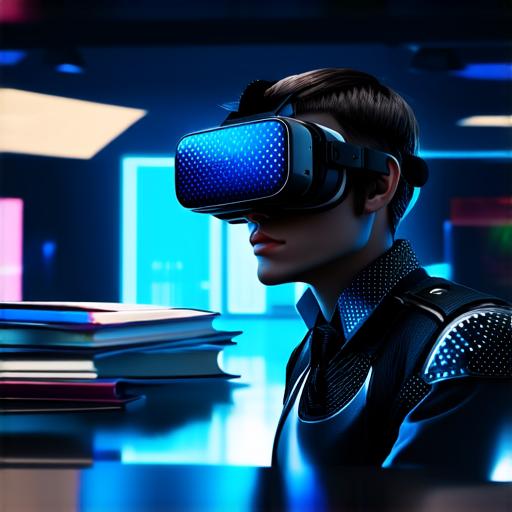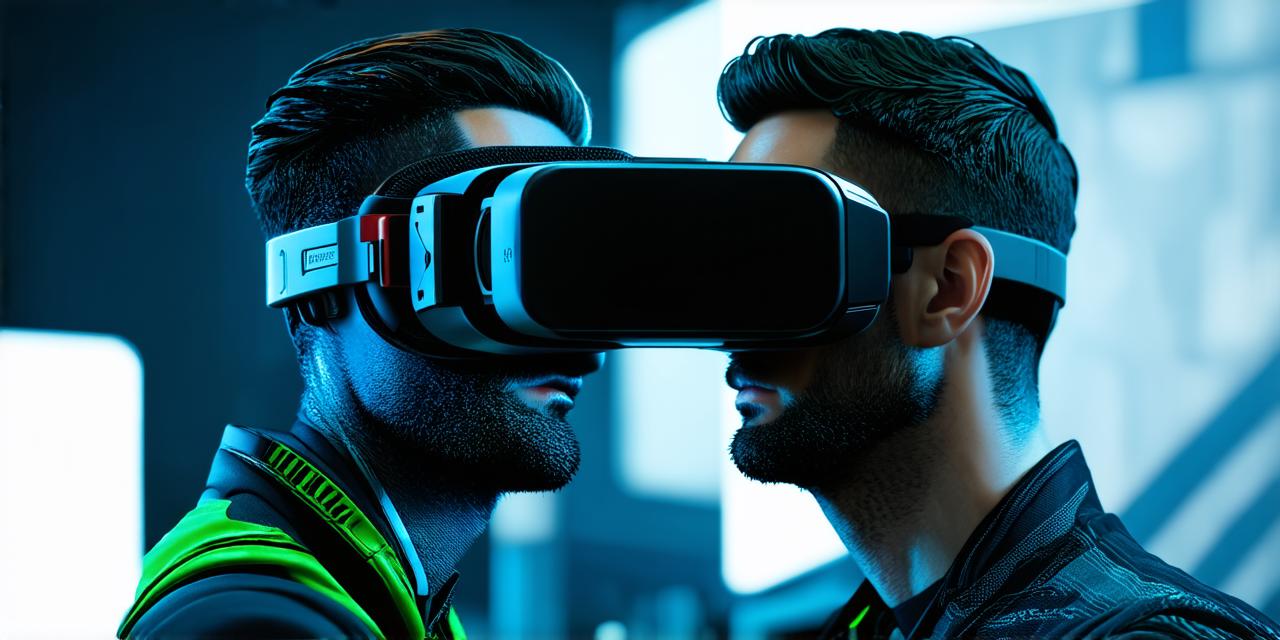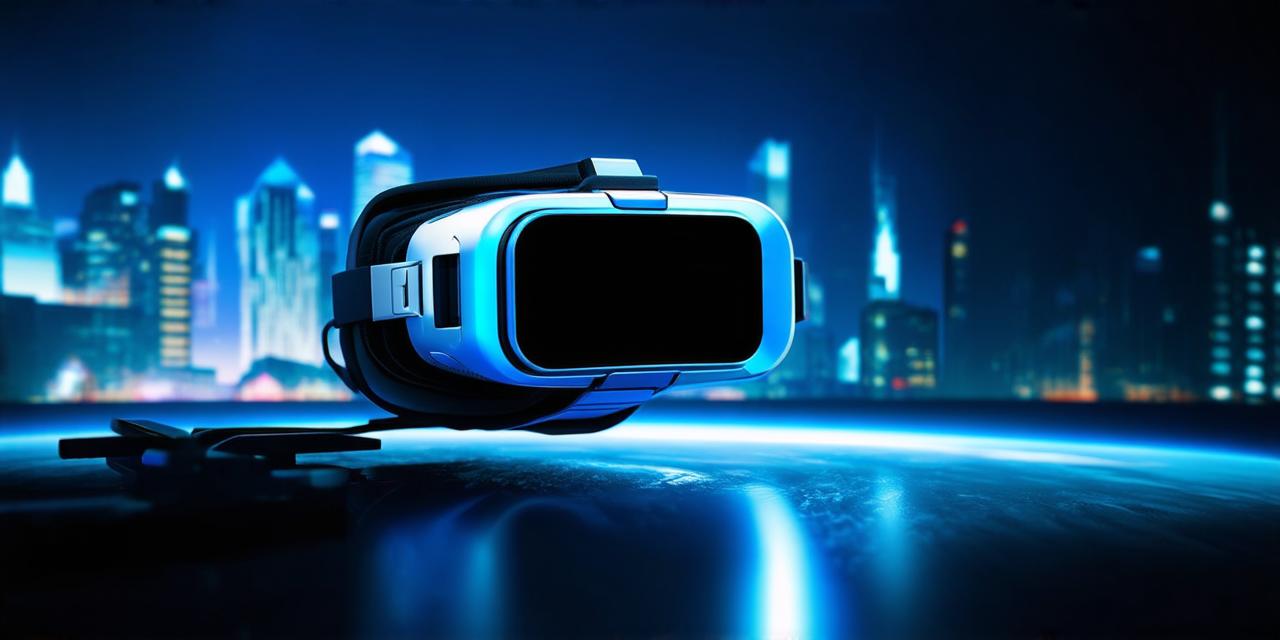Introduction:
Virtual reality (VR) is revolutionizing the way we learn and train people. It’s a highly immersive technology that allows users to experience a simulated environment as if they were really there. This technology has enormous potential in education and training, as it can create an engaging and interactive learning experience that enhances knowledge retention and improves skills development. In this article, we will explore why VR is significant for the future of education and training, using case studies and expert opinions to illustrate its benefits.
Why Virtual Reality Matters in Education:
Virtual reality has numerous advantages over traditional learning methods, such as lectures and textbooks. It provides a highly immersive and interactive experience that can help students better understand complex concepts and ideas. For example, VR can be used to simulate real-world scenarios, allowing students to practice and develop their skills in a safe and controlled environment. This is particularly useful in fields such as medicine, where mistakes can have serious consequences.
Virtual reality also enables personalized learning experiences that are tailored to individual student needs. With VR, students can progress at their own pace, and the technology can adapt to their learning style and level of understanding. This makes it easier for teachers to identify areas where students need additional support and provide targeted interventions.
Case Study: Virtual Reality in Medical Training
One example of how virtual reality is being used in education is in medical training. The University of California, Los Angeles (UCLA) has developed a VR program called “MedVR” that allows medical students to practice surgical procedures in a simulated environment. By using VR headsets and handheld controllers, students can perform complex surgeries with the guidance of experienced surgeons. This not only enhances their understanding of the procedure but also helps them develop their skills and reduce the risk of making mistakes during real-world surgeries.
Virtual reality is also being used in nursing education to teach students how to care for patients in a simulated environment. For example, the University of Maryland’s School of Nursing uses VR technology to simulate patient care scenarios, allowing nursing students to practice their skills and receive feedback from experienced nurses. This not only improves their knowledge and confidence but also reduces the risk of errors during patient care in real-world settings.
Why Virtual Reality Matters in Training:
Virtual reality can also be used to enhance training programs for employees and professionals. By providing an immersive and interactive learning experience, VR can help individuals develop new skills and improve their performance on the job. For example, VR simulations can be used to train pilots how to fly in different weather conditions or to teach soldiers how to navigate in combat zones.

Virtual reality can also be used to provide safety training for employees who work in hazardous environments. By simulating dangerous scenarios, such as working with chemicals or handling heavy machinery, VR can help employees develop the necessary skills and knowledge to perform their jobs safely and effectively.
Case Study: Virtual Reality in Military Training
The United States military is one of the early adopters of virtual reality technology for training purposes. The U.S. Army has developed a VR program called “Project Strive” that allows soldiers to practice combat scenarios in a simulated environment. By using VR headsets and controllers, soldiers can engage in realistic combat simulations that help them develop their skills and prepare for real-world situations. This not only improves their performance on the job but also reduces the risk of casualties during conflicts.
Virtual reality is also being used by businesses to provide customer service training to employees. For example, the retail company Nordstrom uses VR simulations to train its employees how to interact with customers in different scenarios. By simulating real-world customer interactions, Nordstrom can ensure that its employees are well-prepared to handle a variety of customer needs and preferences.




